Costa Rica's renewable energy success could be under threat
Central American nation generates nearly all its electricity from renewable sources but climate change is bringing huge challenges
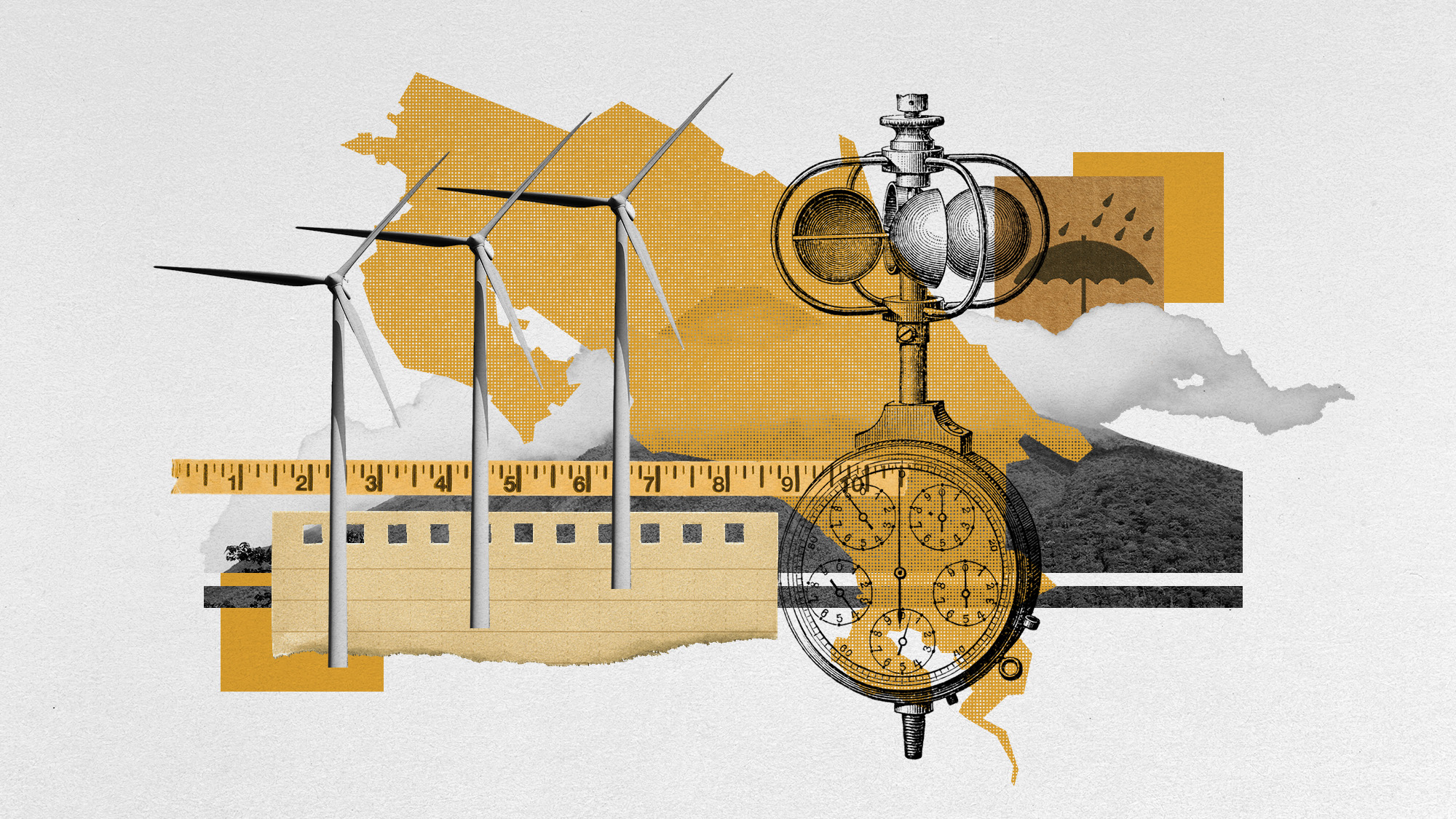
For nearly a decade, Costa Rica has generated 99% of its electricity from renewable sources of energy.
In 2015, the Central American nation "made global headlines" when it generated 100% of its electricity from renewable energy for 75 days in a row, said The Verge. "For comparison, the US generates just over 20% of its electricity from renewable sources."
But even Costa Rica's consistent 99% is not "a perfect system", said the technology site. Climate change poses risks to country's power grid and there is "a lot of work left to do to get more solar and wind farms online".
The Week
Escape your echo chamber. Get the facts behind the news, plus analysis from multiple perspectives.

Sign up for The Week's Free Newsletters
From our morning news briefing to a weekly Good News Newsletter, get the best of The Week delivered directly to your inbox.
From our morning news briefing to a weekly Good News Newsletter, get the best of The Week delivered directly to your inbox.
How did Costa Rica achieve this?
Most of Costa Rica's electricity – about 73% – is generated by hydropower, thanks to the country's heavy rainfall, tropical location and natural topography. It also boasts a high concentration of rivers, dams and volcanoes, as well as a small population of only 5.1 million and no major industry. The Reventazón River hydropower dam, inaugurated in 2016, is the largest public infrastructure project in Central America after the Panama Canal.
But the other factor is man-made. A 1949 law, which established the state-run electricity utility Instituto Costarricense de Electricidad (ICE), said that Costa Rica should develop its natural resources for its electricity supply – and at the time, hydropower was the only source available.
"The secret of this achievement is mainly planning," said Kenneth Lobo Méndez, a director of planning and sustainability in electricity management. In the winter, the country has low wind, but its hydropower plants get "surplus flows". In the summer, there is lower hydropower, so other sources of energy "complement the electricity supply" – mainly wind power.
Having one state energy company, as opposed to multiple smaller private electric utilities, also helps simplify the planning process. ICE "can make a plan for the country", only sell what it needs to, without "interference" from different stakeholders, Lobo Méndez told The Verge.
A free daily email with the biggest news stories of the day – and the best features from TheWeek.com
But there is a "less-than-green truth about Costa Rica's energy use", said The Guardian in 2017, when reports of the country's 271 days of "fossil-fuel free electricity" made their way around the world. The country's demand for oil is increasing, as its population (and the number of cars and its transportation sector) grows. In 2022, 50% of the total energy supply was made up of oil, according to the International Energy Agency. Its heavy reliance on dams also carries an environmental cost, affecting wildlife.
How might climate change threaten its renewable energy sector?
When the weather pattern known as El Niño brought higher temperatures and lower rainfall last year, it gave Costa Rica an inkling of the future impact of climate change. Hydropower reservoirs suffered a 16% reduction in inflow, according to Lobo Méndez, while demand for electricity rose as people used more air-conditioning.
"In the rainy season, our reservoirs normally recover," he said. However, they were "extremely low" in 2023, so the hot season this year will likely be "a little bit complicated".
In the south of the country, rainfall is forecast to increase due to climate change. But "we can't get that rainfall into our system", said Marco Jiménez Chavez, an engineer for ICE. Hydroelectric plants in that region are "not ready to harness that amount of waterfall", he told The Verge.
To prepare, the country must "diversify" the system, so it won't only be reliant on water. Although hydropower will continue to generate "a great percentage" of the country's energy, new sources will be needed: solar power, wind and geothermal – the only renewable source that does not depend on climate variability.
Another option is to rely more on electricity from the regional market of Central American countries, said Lobo Méndez – but those countries are grappling with the same effects of climate change.
"They've also got low hydropower; there's not a lot of resources in the region to share."
Harriet Marsden is a senior staff writer and podcast panellist for The Week, covering world news and writing the weekly Global Digest newsletter. Before joining the site in 2023, she was a freelance journalist for seven years, working for The Guardian, The Times and The Independent among others, and regularly appearing on radio shows. In 2021, she was awarded the “journalist-at-large” fellowship by the Local Trust charity, and spent a year travelling independently to some of England’s most deprived areas to write about community activism. She has a master’s in international journalism from City University, and has also worked in Bolivia, Colombia and Spain.
-
 A lemon-shaped exoplanet is squeezing what we know about planet formation
A lemon-shaped exoplanet is squeezing what we know about planet formationUnder the radar It may be made from a former star
-
 Political cartoons for January 4
Political cartoons for January 4Cartoons Sunday's political cartoons include a resolution to learn a new language, and new names in Hades and on battleships
-
 The ultimate films of 2025 by genre
The ultimate films of 2025 by genreThe Week Recommends From comedies to thrillers, documentaries to animations, 2025 featured some unforgettable film moments
-
 Environment breakthroughs of 2025
Environment breakthroughs of 2025In Depth Progress was made this year on carbon dioxide tracking, food waste upcycling, sodium batteries, microplastic monitoring and green concrete
-
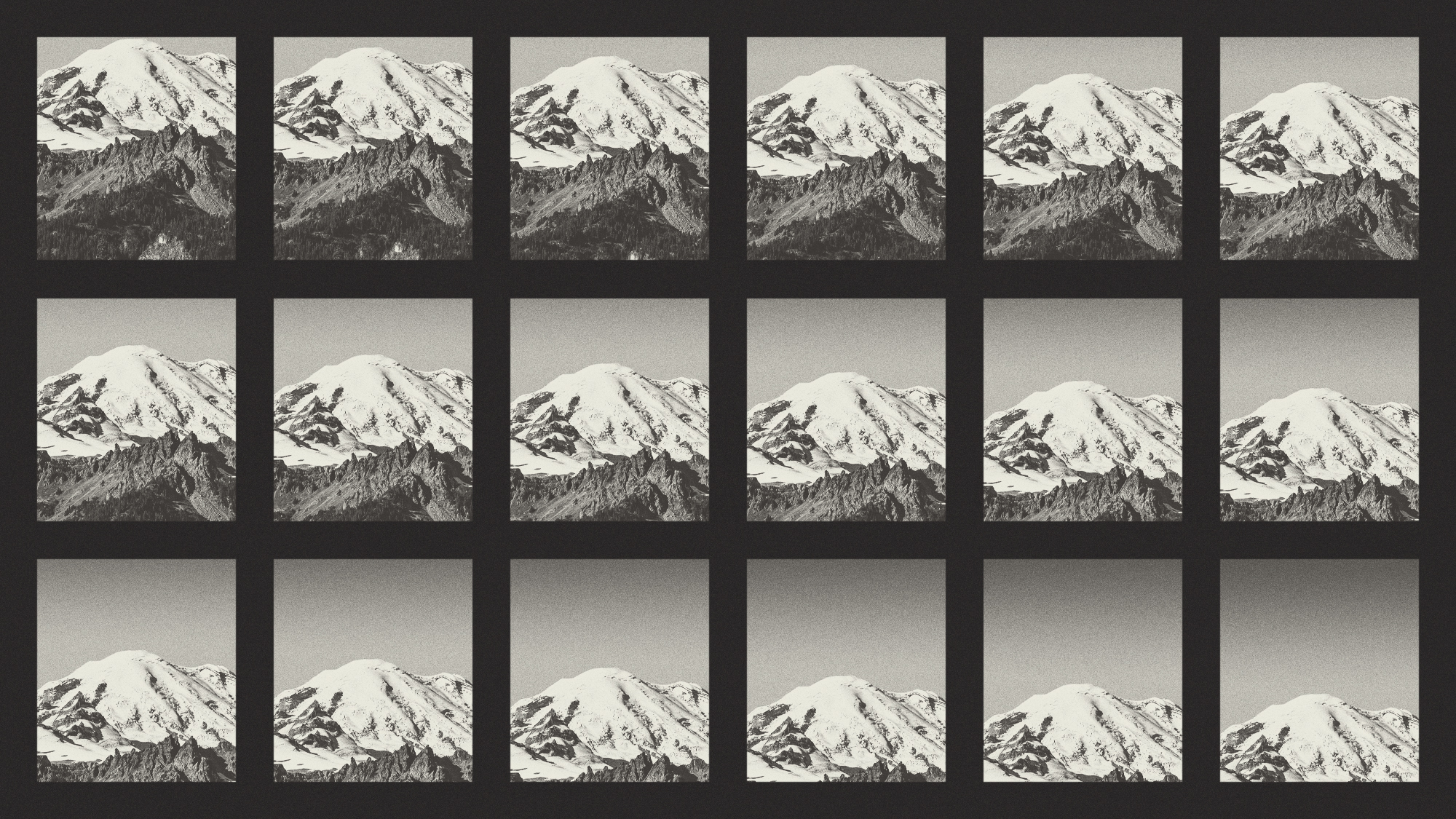 Crest falling: Mount Rainier and 4 other mountains are losing height
Crest falling: Mount Rainier and 4 other mountains are losing heightUnder the radar Its peak elevation is approximately 20 feet lower than it once was
-
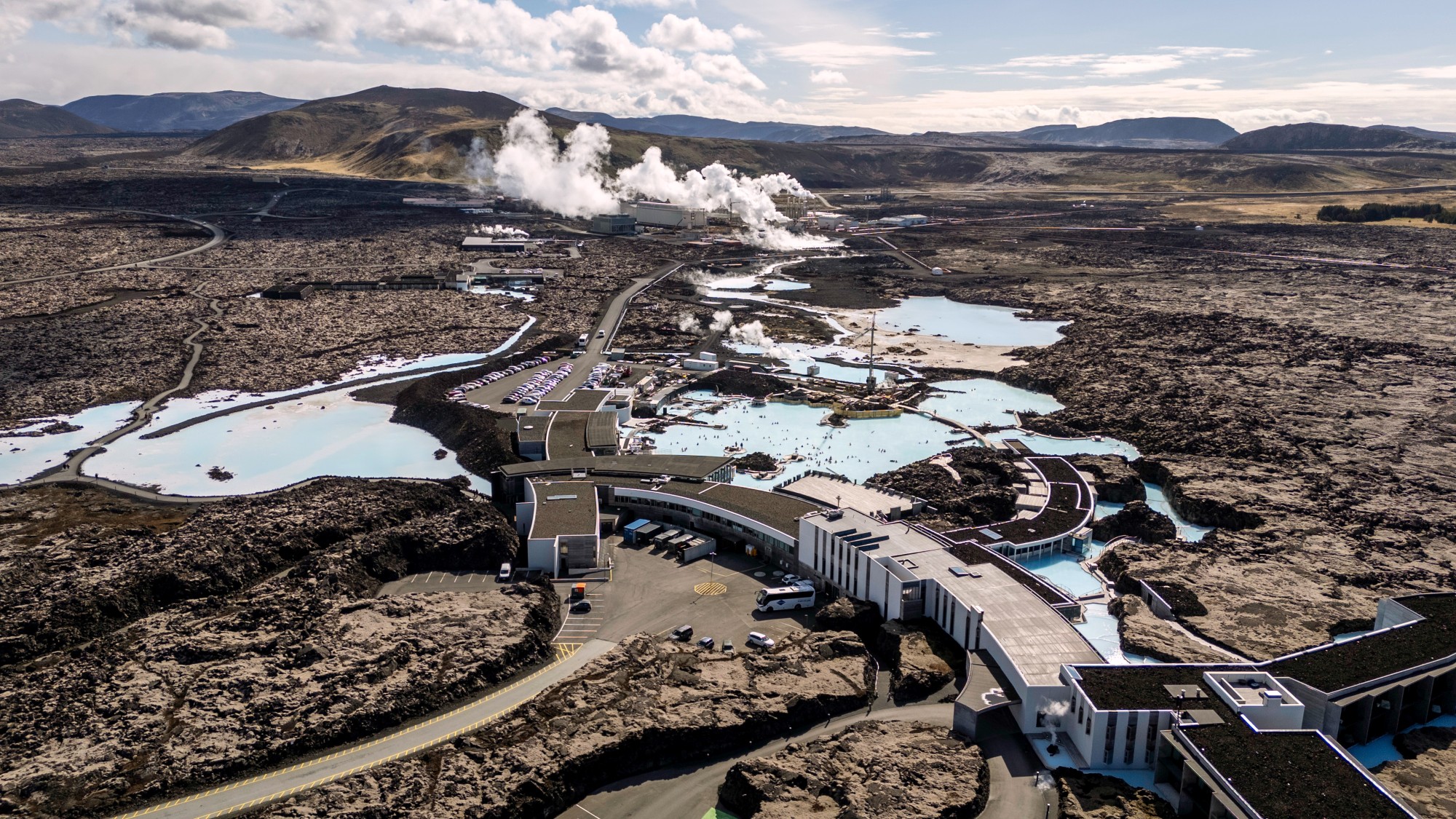 Pros and cons of geothermal energy
Pros and cons of geothermal energyPros and Cons Renewable source is environmentally friendly but it is location-specific
-
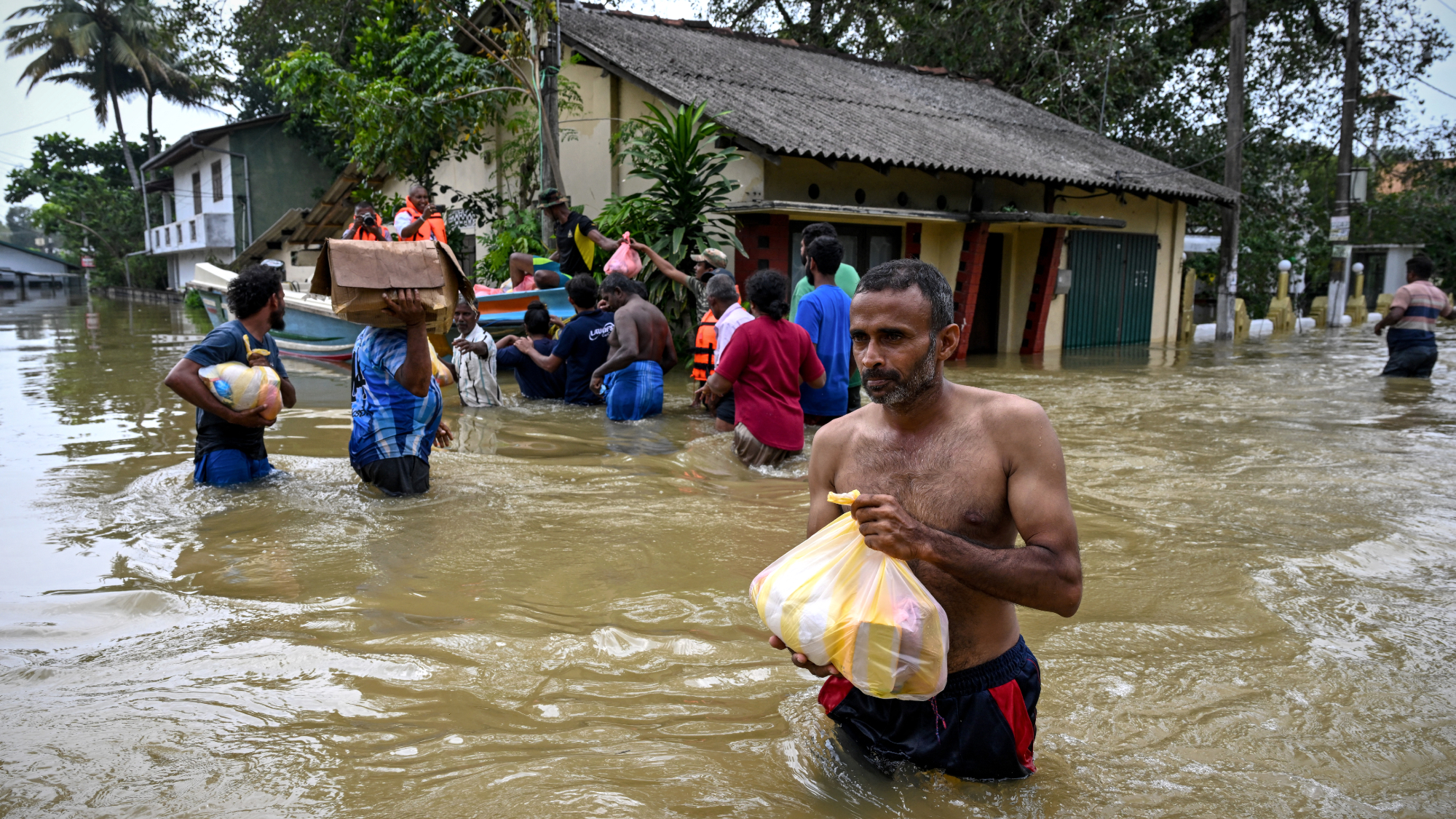 Death toll from Southeast Asia storms tops 1,000
Death toll from Southeast Asia storms tops 1,000speed read Catastrophic floods and landslides have struck Sri Lanka, Indonesia, Thailand and Malaysia
-
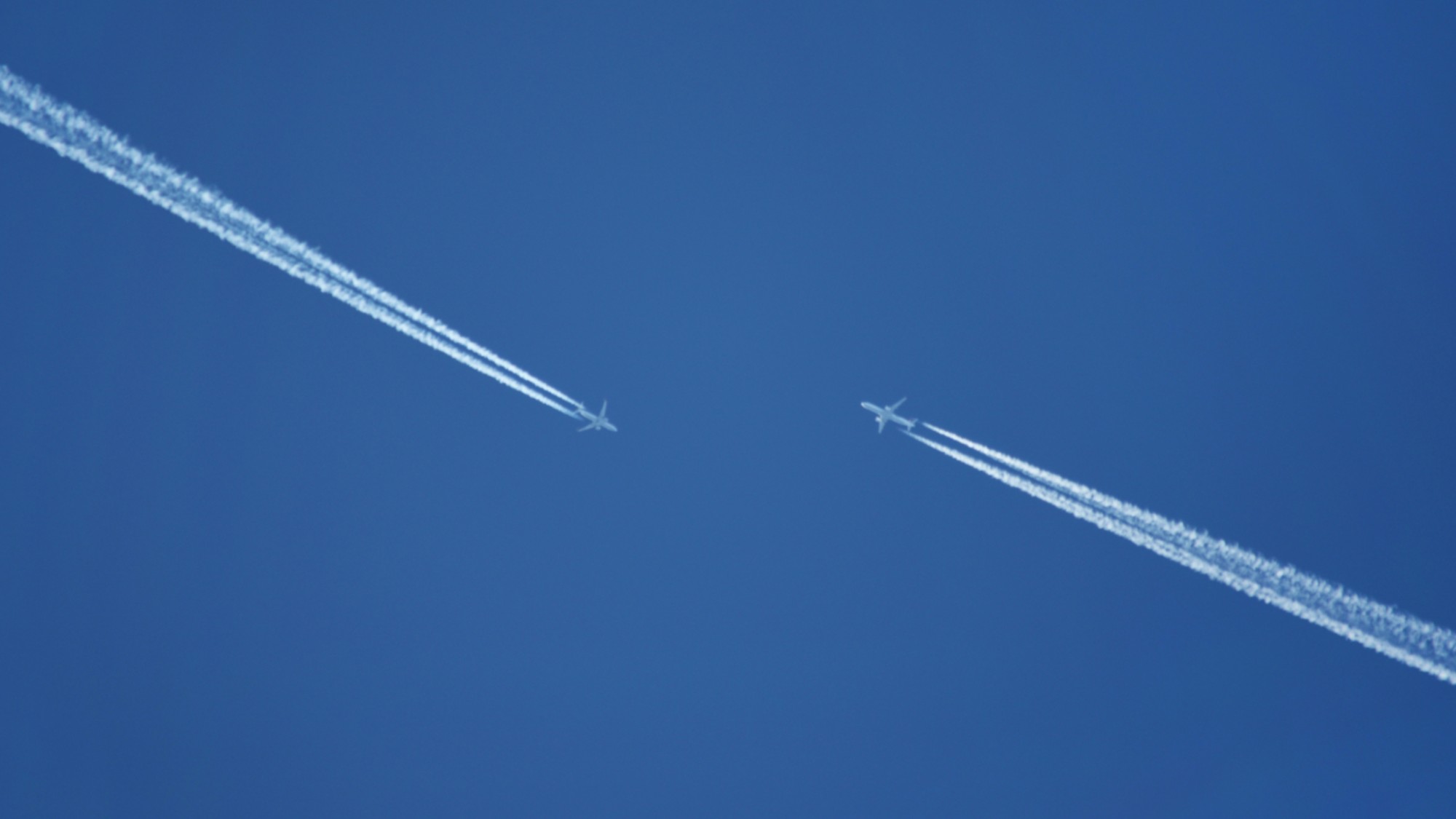 Can for-profit geoengineering put a pause on climate change?
Can for-profit geoengineering put a pause on climate change?In the Spotlight Stardust Solutions wants to dim the sun. Scientists are worried.
-
 How will climate change affect the UK?
How will climate change affect the UK?The Explainer Met Office projections show the UK getting substantially warmer and wetter – with more extreme weather events
-
 Can the UK do more on climate change?
Can the UK do more on climate change?Today's Big Question Labour has shown leadership in the face of fraying international consensus, but must show the public their green mission is ‘a net benefit, not a net cost’
-
 Did Cop30 fulfil its promise to Indigenous Brazilians?
Did Cop30 fulfil its promise to Indigenous Brazilians?Today’s Big Question Brazilian president approves 10 new protected territories, following ‘unprecedented’ Indigenous presence at conference, both as delegates and protesters